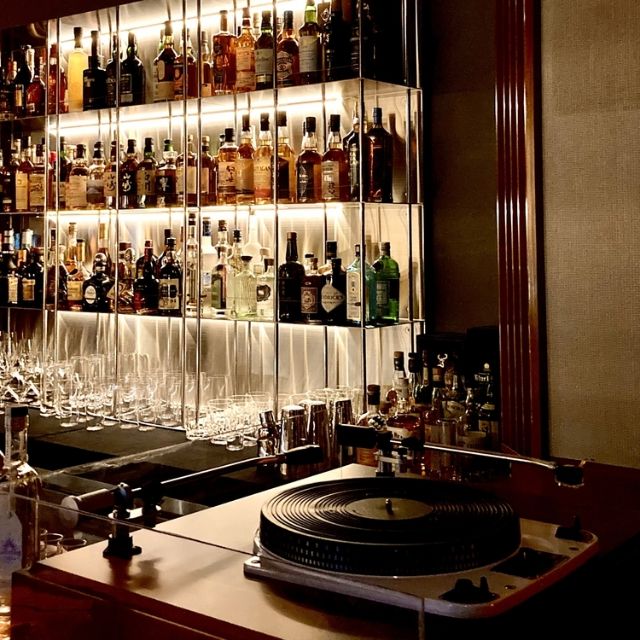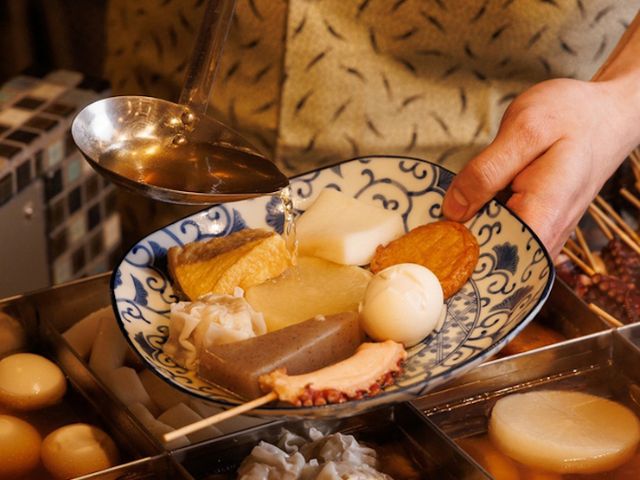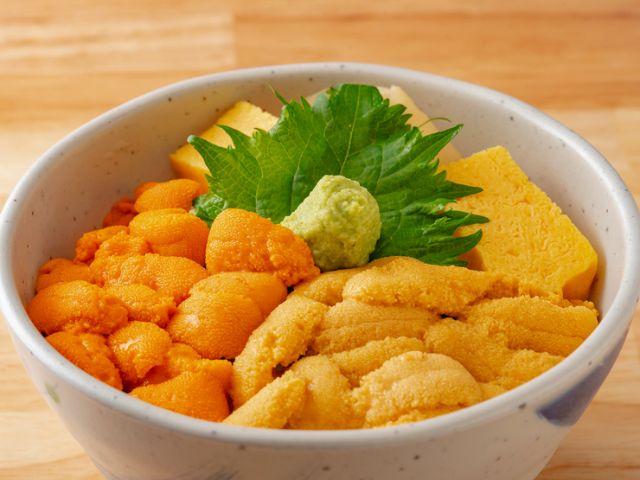Immerse Yourself in Japan's Excellence: The Fukui Wellness Tour - Food, Sake, Zen, Hot Springs, and Culture (day 1)
Update-Date: Jan 29, 2024
Author:
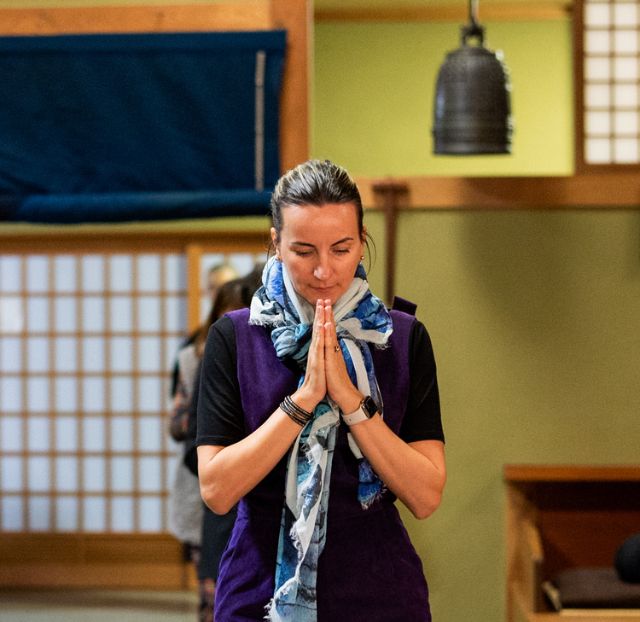
Eihei-ji Temple: Experience the spirit of Zen in pure air.
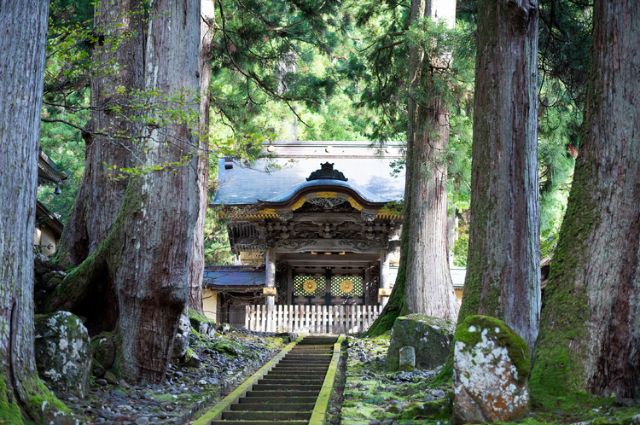
Dating back to 1244, Eihei-ji is a training hall for Zen meditation opened by Dogen Zenji (Zen master Dogen). It is currently the head temple for the Soto Zen school, and around 100 unsui (trainee monks) gathered from all over Japan are working hard on their strict training. In the temple grounds, which are 330,000 square meters, there are over 70 halls and multi-story buildings, so it is packed with highlights.
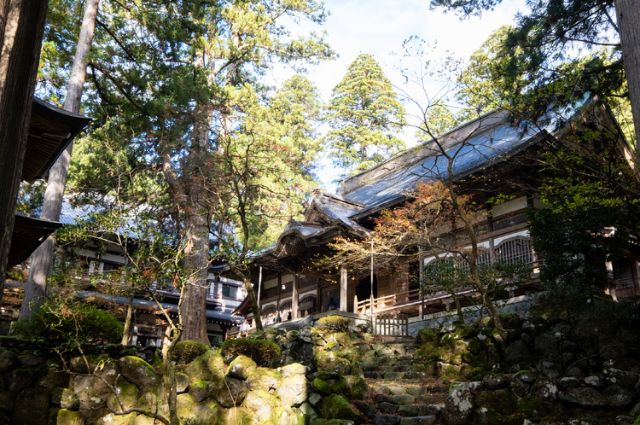
In the autumn leaf season, the temple sees an especially large number of worshippers visiting.
Among these structures, 7 buildings (lecture hall, Buddhist sanctum, meditation hall, Daikuin (kitchen and administration) temple, gate, toilet, and bathroom) called Shichido garan, which are indispensable for the training of the trainee monks, are connected by the corridor and are considered especially important places.
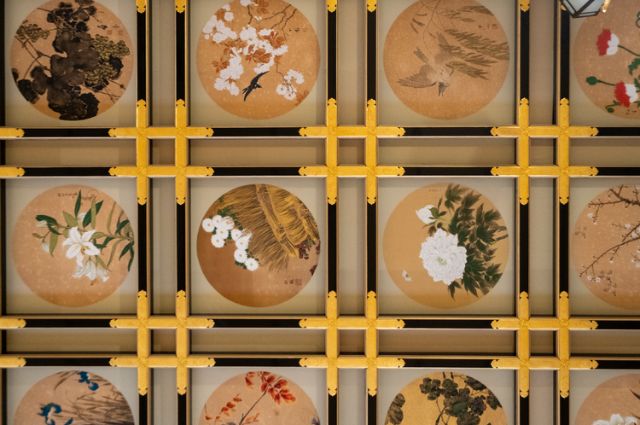
The ceiling of the large hall, Sanshokaku, which features 156 tatami mats, is a must-see. 230 beautiful paintings, made by 144 notable artists of Japan's early Showa period, are embedded here.
Because many overseas tourists visit here, they have English pamphlets available. The dates are limited, but you can consult with the temple to make a request for English guidance by the trainee monks. They patiently explain not only the building but also parts that are not published in the pamphlets, including the lives and daily training of the monks.
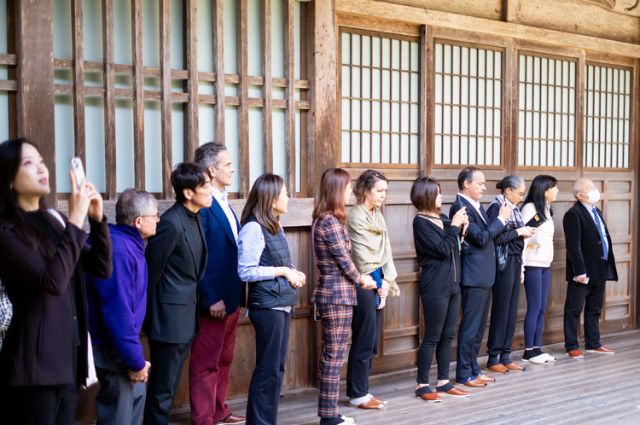
It can be seen that the "Zen spirit" attracts a lot of attention within Japanese culture.
Zen Meditation Experience
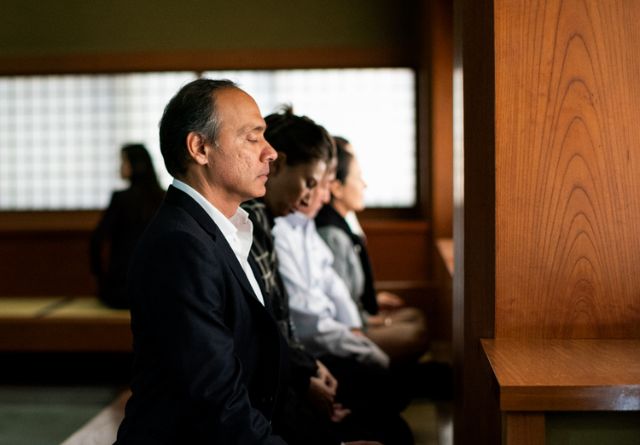
Experience Zen meditation, which is the basis of Zen training.
Zen meditation (Zazen) is one of the basics of Zen training and consists of three important elements: harmonizing the body, harmonizing breathing, and harmonizing the mind. The sight of one sitting while assuming the proper posture and breathing deeply expresses the form of Buddha himself.
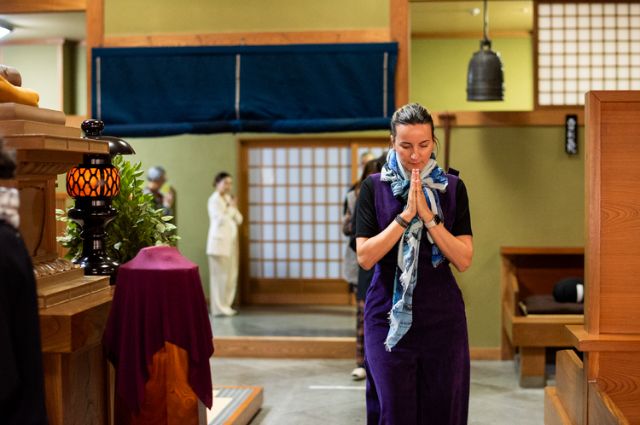
There are detailed explanations on everything from how to enter a room to lectures on posture. Visitors meditate for around 15-20 minutes during this experience, but the trainee monks do this three times every day for 40 minutes each time.
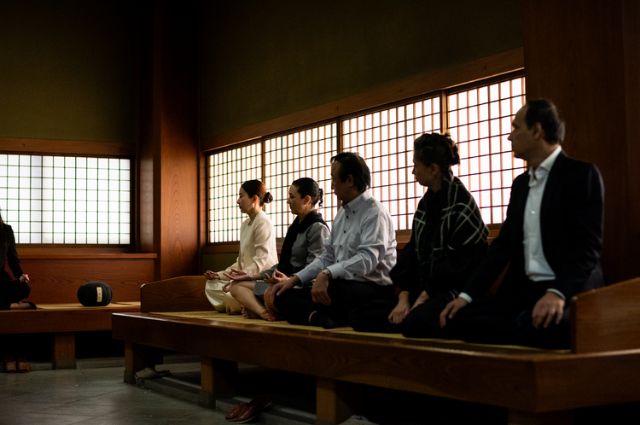
Shojin Cuisine Experience
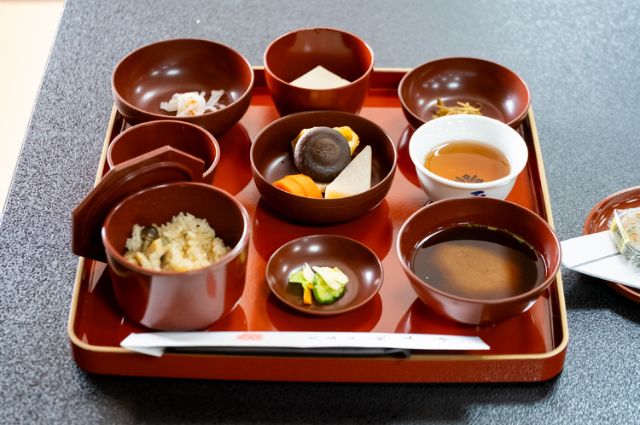

A term that can't be forgotten when speaking of Shojin cuisine is Santoku Rokumi. It means adding 3 virtues and 6 flavors to the cuisine. The three virtues are "gentleness," "cleanliness," and "following the rules." The 6 flavors are "bitter," "sour," "sweet," "spicy," "salty," and "light."
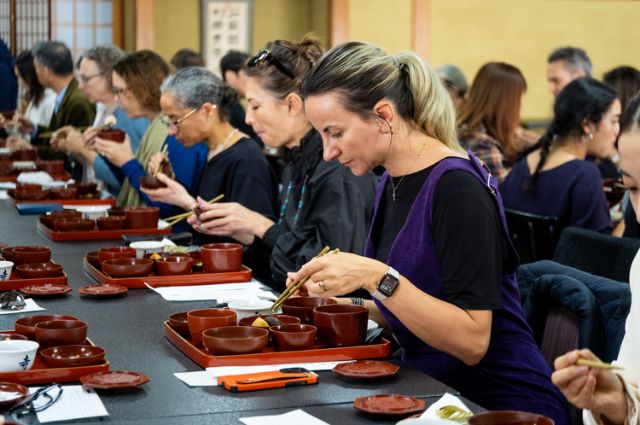
Besides the standard sesame tofu, guests can quietly enjoy foods with deeply delicious flavors, including rice using shimeji mushrooms and tofu and miso soup with nameko mushrooms and tofu using red miso paste.
By visiting the grounds, guests can learn about and feel the spirit of Zen conveyed by Dogen Zenji through training experiences that include meditation and Shojin cuisine. Eihei-ji Temple, which adjusts the body and mind, is a must-visit for those coming to Fukui.
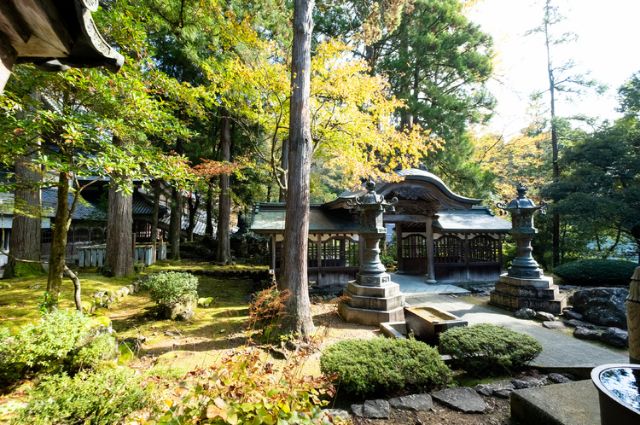
Kokuryu Sake Brewery ESHIKOTO: Enjoy the sake, food, and culture of Fukui.
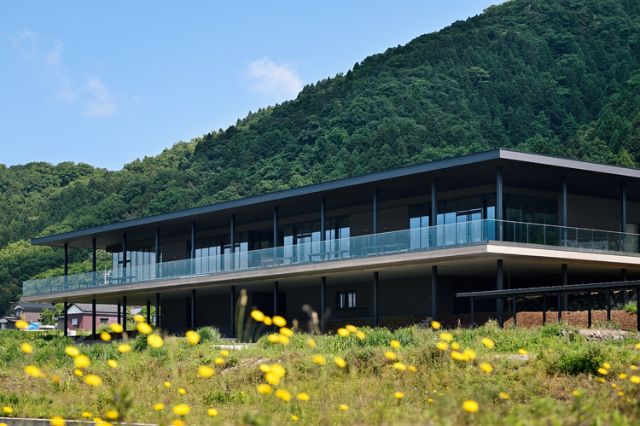
ESHIKOTO is a brand created by Ishidaya Nizaemon, held by Kokuryu Sake Brewery, which has continued to sincerely make Japanese sake for over 200 years. It was born as a place to convey the culture of Fukui, with a focus on sake.
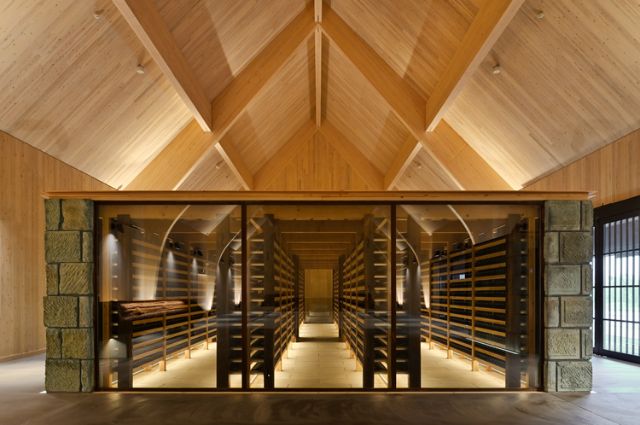
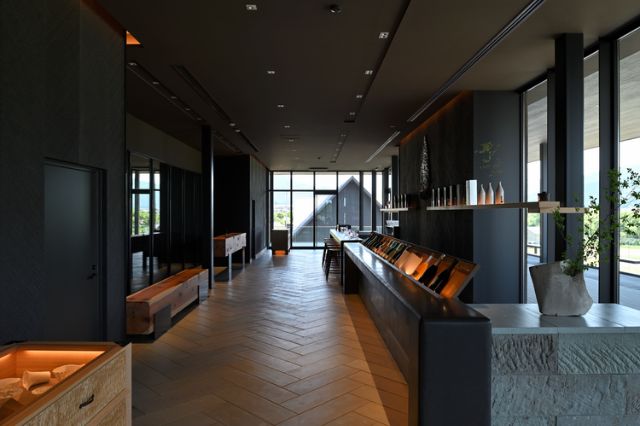
Ishidaya ESHIKOTO Branch is a thoroughly beautiful space with Echizen chests and counters made by plaster artisans, as well as floors made of Shakudani stone. (©provided by Ishidaya Nizaemon)
Here, customers can enjoy purchasing Japanese sake and crafts and tasting the drinks. For sake, they have a lineup of over 15 varieties, including limited edition sake. Customers' hearts will dance until they choose what to purchase, including ESHIKOTO brands and standard items and gifts, while consulting with the staff.
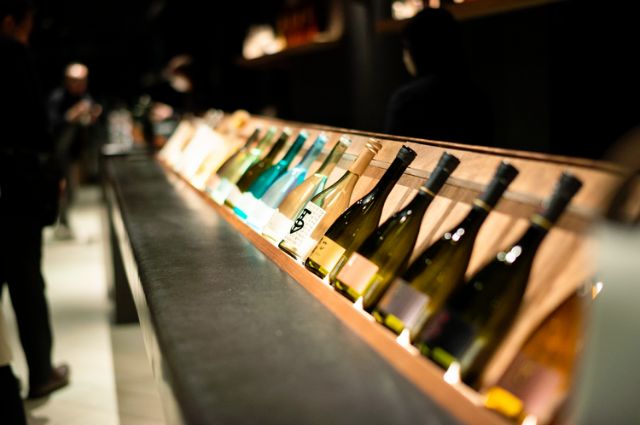
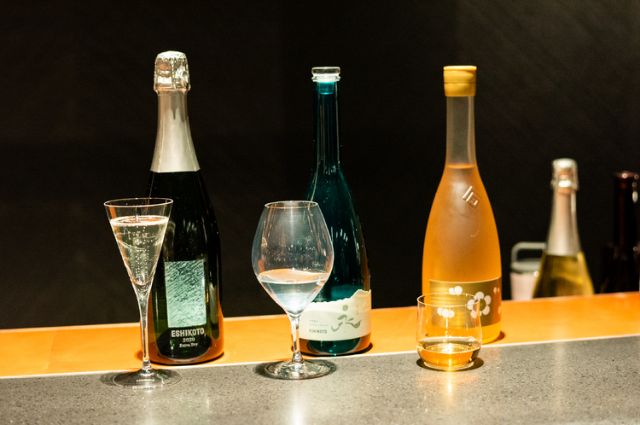
Three kinds of sake are served for tasting. It's truly enjoyable to sample the drinks before purchasing them. 45 ml x 3 varieties 1,500 JPY / 1 variety, 600 JPY
Three varieties can now be tried during the tasting: AWA 2020 Extra Dry, Tokoshie-Gohyakumangoku, and Umeshu 2021. All three are ESHIKOTO brands. Customers can enjoy the completely different flavors of each while listening to the thorough explanations by the staff.
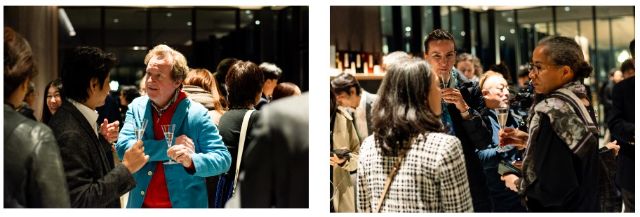
The Kuzuryu River, the largest river in Fukui, flows right outside the building. This grand scenery can be seen from the deck of the ESHIKOTO. Fukui boasts a rich nature, which gives birth to food, sake, and culture. The world is sure to pay attention to the future developments of ESHIKOTO, a place that informs people of Fukui's charms.
ESHIKOTO Official Website
Disclaimer: All information is accurate at time of publication.
Thank you for reading our article.
Our goal is to take your culinary journey to the next level by helping you find the best restaurant. With SAVOR JAPAN, you can search and make reservations for
the restaurants found in and around Fukui that fill your needs.
Discover more restaurants by area
Keywords
Update-Date: Jan 29, 2024
Author:
Related Articles
New Articles
Categories
Cuisine
- Bars (23)
-
Japanese Cuisine (677)
- Kaiseki (46)
- Nabe (19)
- Okonomiyaki (24)
- Shabu Shabu (37)
- Soba (18)
- Sushi (137)
- Tempura (19)
- Teppanyaki (46)
- Shojin Ryori (3)
- Tonkatsu (11)
- Kushiyaki (10)
- Yakitori (44)
- Sukiyaki (35)
- Japanese Cuisine (342)
- Oyster (2)
- Sashimi/ Seafood (20)
- Unagi (eel) (31)
- Motsu Nabe (offal hotpot) (6)
- Mizutaki (chicken hot pot) (3)
- Oden (8)
- Kaisendon (seafood bowl) (9)
- Udon (2)
- Taverns(Izakaya) Cuisine (124)
- Western Cuisine (42)
- Italian/French Cuisine (95)
- Yakiniku/Steak (225)
- Chinese Cuisine (26)
- Ramen (Noodles) Cuisine (25)
- Cafe/Sweets (60)
- Other Asian Cuisine (5)
- Global/International Cuisine (7)
- Alcohol (45)
- Other (11)
Area
- Shikoku (10)
- Kyoto and Osaka (344)
-
Tokyo (458)
- Tokyo (284)
- Ginza (43)
- Roppongi (22)
- Shibuya (26)
- Shinjuku (46)
- Asakusa (20)
- Ebisu (12)
- Tsukiji (10)
- Tokyo Landmarks (4)
- Ueno (23)
- Akihabara (9)
- Ikebukuro (12)
- Jiyugaoka, Denenchofu, Nakameguro (9)
- Shimokitazawa (4)
- Kichijoji (3)
- Tachikawa (1)
- Omotesando, Harajuku, Aoyama (18)
- Akabane (1)
- Kagurazaka (4)
- Akasaka (10)
- Odaiba (1)
- Tsukishima, Harumi, Toyosu (3)
- Near Tokyo (100)
- Okinawa and Ryukyu Islands (58)
- Hokkaido (124)
- Northern Honshu (Tohoku) (31)
- Central Honshu (Chubu) (144)
- Western Honshu (Chugoku) (32)
- Kyushu (92)
Archives
- December 2025(8)
- November 2025(4)
- October 2025(3)
- September 2025(6)
- August 2025(11)
- July 2025(19)
- June 2025(18)
- May 2025(34)
- April 2025(43)
- March 2025(30)
- February 2025(36)
- January 2025(26)
- December 2024(69)
- November 2024(31)
- October 2024(15)
- September 2024(39)
- August 2024(65)
- July 2024(31)
- June 2024(54)
- May 2024(61)
- April 2024(28)
- March 2024(31)
- February 2024(42)
- January 2024(32)
- December 2023(20)
- November 2023(5)
- October 2023(11)
- September 2023(7)
- August 2023(18)
- July 2023(8)
- June 2023(8)
- May 2023(18)
- April 2023(15)
- March 2023(1)
- January 2023(1)
- April 2022(2)
- March 2022(2)
- February 2022(1)
- January 2022(1)
- July 2021(1)
- March 2021(1)
- February 2021(1)
- December 2020(1)
- October 2020(1)
- September 2020(2)
- August 2020(10)
- July 2020(6)
- June 2020(9)
- May 2020(11)
- April 2020(8)
- March 2020(8)
- February 2020(13)
- January 2020(9)
- December 2019(24)
- November 2019(8)
- August 2019(14)
- July 2019(15)
- June 2019(18)
- May 2019(17)
- April 2019(16)
- March 2019(22)
- February 2019(22)
- January 2019(26)
- December 2018(34)
- November 2018(40)
- October 2018(32)
- September 2018(11)
- August 2018(8)
- July 2018(6)
- June 2018(9)
- May 2018(10)
- April 2018(21)
- March 2018(74)
- February 2018(39)
- January 2018(26)
- December 2017(59)
Keywords
- Omakase
- Accessible
- Affordable
- All-You-Can-Eat
- Amazing Scenery
- anime
- Art
- Autumn
- Awards
- Beer Gardens
- Breakfast
- Chef Recommendations
- Cherry Blossoms
- Chinese
- Close To Station
- Condiments
- Counter
- Coupon
- Crab
- Culture
- Dassai
- Dates
- delivery
- Early Summer
- Editor's Recommendation
- English Available
- Event
- Expo
- Fall Leaves
- Family-Friendly
- Famous Restaurant
- Famous Tourist Spot
- Fast Food
- festival
- fireworks
- Flower Farm
- Free Wi-Fi
- French
- Great Location
- Guide
- Hibachi
- hotpot
- How To
- hydrangea
- Hygiene
- Illumination
- Italian
- Izakaya
- Japanese
- Japanese alcohol
- jingisukan
- Kaiseki
- Kappo
- Kushiage
- Kushikatsu
- Kyoto
- Late-Night
- Lunch
- Manners
- matsusakagyu
- Michelin
- mizutaki
- Model Course
- monjayaki
- motsunabe
- Mt.Fuji
- Multilingual Menus
- Nabe
- Narita Airport
- New Year
- Ninja
- Noodle
- Oden
- Okonomiyaki
- omotenashi
- Onsen
- Osaka
- Osaka Station
- Photogenic Site
- pizza
- PR
- Private Room
- Ramen
- ranking
- Recipe
- Regional Cuisine
- Resort
- Rice Bowl Dish (Donburi)
- sacred places
- Sake
- Sakura
- Sashimi
- sea urchin
- Setouchi Area
- Shabu Shabu
- sightseeing
- Signature Dish
- Soba
- Solo Diners Welcomed
- Spicy Food
- Spring
- Steak
- Summer
- Sunflower
- Sushi
- takeout
- Teppanyaki
- Terrace Seating
- Tokyo
- Tokyo Experiences
- Tokyo Skytree
- Tokyo Tower
- unagi
- UNESCO
- Vegan
- Vegetarian
- Wagyu
- What Popular Gourmet Sites Recommend
- Whisky
- Wine Bar
- Winter
- Wisteria
- Workshop
- World Heritage Site
- World Writers
- Yakiniku
- Yoshoku
- Yuba
- Zen
Discover Restaurants By Area
-

Tokyo Area
Japan's largest city, Tokyo, is the center of culinary culture in Japan. Countless Tokyo restaurants serve every kind of food imaginable and the Toyosu fish market keeps restaurants stocked with the nation's finest fish.
-

Near Tokyo
Coastal areas, mountains and valleys surrounding Tokyo are bursting with tourist destinations, such as hot springs and ski slopes, where many unique foods are only available locally.
-

Kyoto and Osaka Area
The cities of Kyoto and Osaka, together with their surrounding areas, have greatly influenced Japan's culinary culture since the 7th Century. The region is renowned for its entertainment, Kobe beef, and wide-ranging traditional dishes.
-

Hokkaido Area
The island of Hokkaido is home to wide-ranging produce of the finest quality, such as rice, meat, vegetables, fish and fruit. Popular dishes from Hokkaido include robatayaki (food slowly roasted on skewers) and Sapporo miso ramen.
-

Northern Honshu (Tohoku)
The northern end of Japan's main island, Honshu, is renowned for its seasonal fruit and vegetables, nation-leading harvest of fish (especially tuna from Ohma), and delicious beef from Yonezawa, Sendai and Yamagata.
-

Central Honshu (Chubu)
Chubu is in the center of Japan's main island, Honshu, and its culinary culture reflects its position between Japan's western and eastern halves. Delicious Hida beef, world-famous Mount Fuji and many acclaimed sake breweries are in Chubu.
-

Western Honshu (Chugoku)
Chugoku, on the southwest of Japan's main island, is rich with diverse produce. Many of its products are praised as Japan's best, including Matsuba crabs from Tottori and oysters from Hiroshima. Its pears and muscats are also top grade.
-

Shikoku
The mild climate of Shikoku is ideal for growing citrus fruit such as sudachi. Shikoku is also famous for Sanuki udon noodles, huge yields of tiger prawn from Ehime Prefecture and the best torafugu (tiger globefish) in the country.
-

Kyushu
Western culture was first introduced to Japan through Kyushu, Japan's third largest island, where the influence of Portuguese and other western cuisine influenced the creation of a colorful culinary tradition.
-

Okinawa and Ryukyu Islands
Okinawa, Japan’s southernmost prefecture, is a treasure trove of distinctive dishes and drinks that have become popular throughout Japan, including Okinawa soba, unique sushi toppings and Awamori distilled liquor.
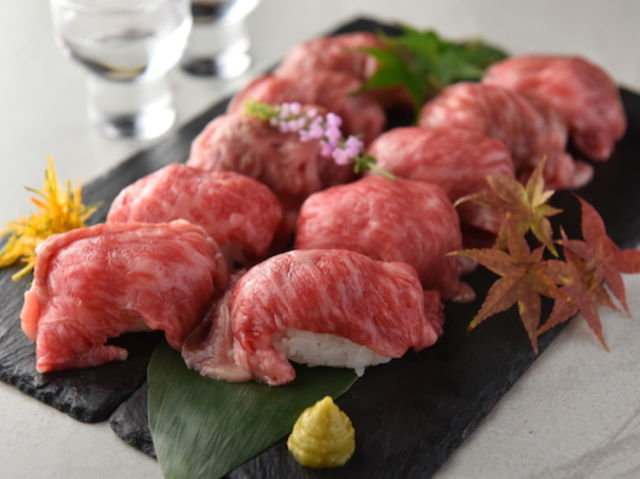
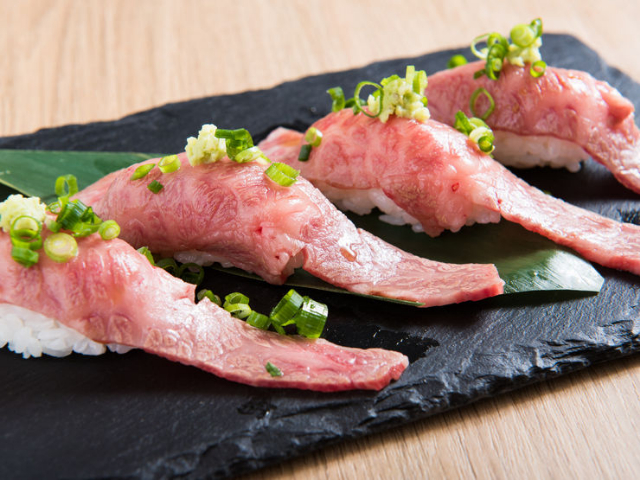
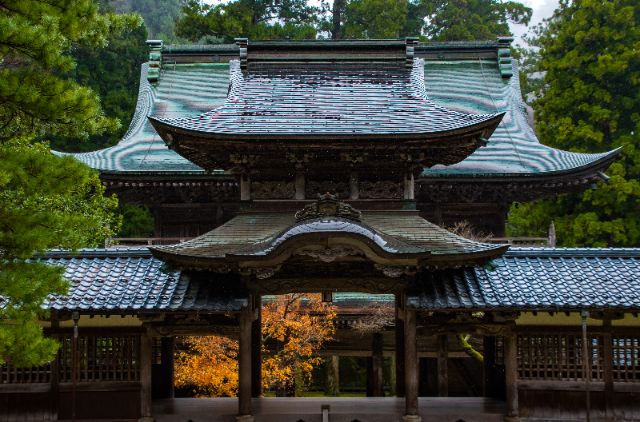

![[Day 1] Enjoying Gourmet Food on a 2-Day Trip in Kanazawa, Where Old Townscapes Remain](https://rimage.savorjapan.com/svj/image/discover_oishii_japan/2881/article_head.jpg?t=1715805001)
